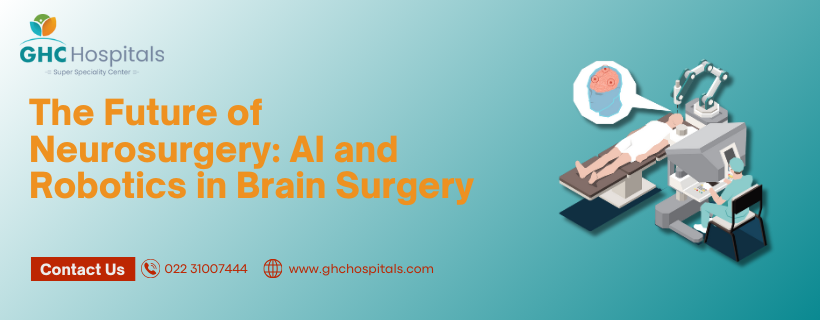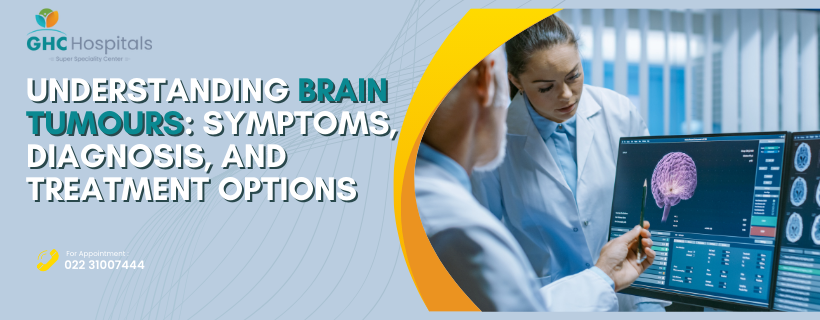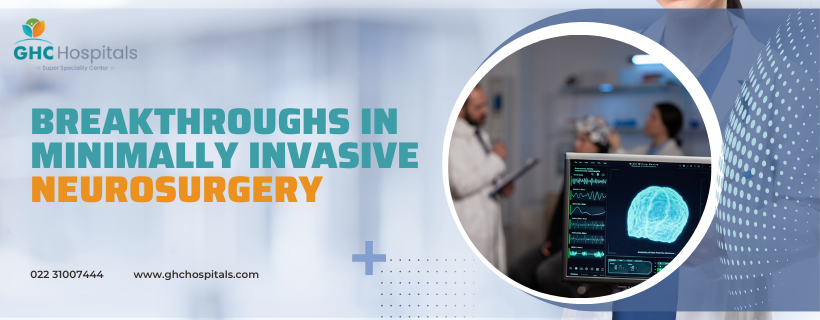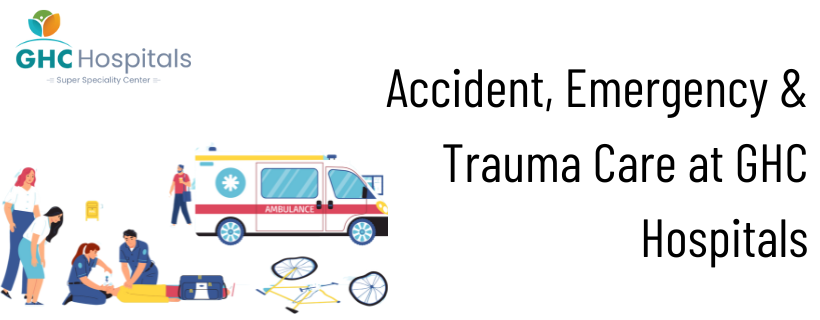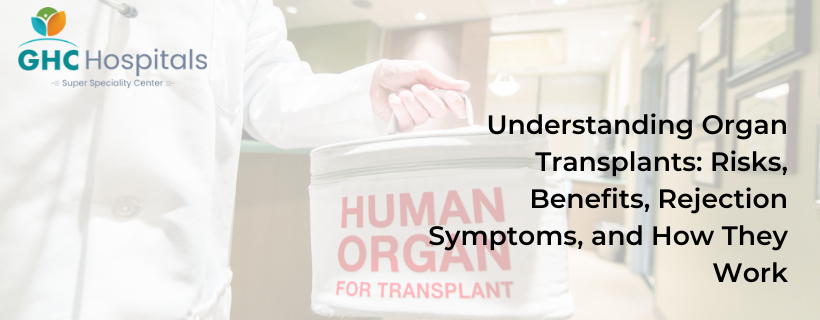In recent years, the field of neurosurgery has witnessed groundbreaking advancements, with artificial intelligence (AI) and robotic technology playing pivotal roles in shaping its future. These cutting-edge innovations are revolutionising brain surgery by enhancing precision, reducing risks, and improving patient outcomes. At GHC Hospitals, a multispecialty hospital committed to excellence in medical care, we are at the forefront of embracing these technologies to provide our patients with the best possible treatment. This article delves into how AI and robotics are transforming neurosurgery and what the future holds for this rapidly evolving field.
The Role of AI in Neurosurgery
Artificial intelligence is increasingly becoming an integral part of neurosurgery, offering a range of applications that enhance both preoperative planning and intraoperative procedures. AI-driven tools are designed to analyse vast amounts of data, learn from patterns, and make predictions that can assist neurosurgeons in making more informed decisions.
-
Enhanced Preoperative Planning:
AI algorithms are being used to analyse complex brain imaging data, such as MRI and CT scans. These algorithms can identify and delineate tumours, blood vessels, and other critical structures with greater accuracy than traditional methods. This detailed analysis allows neurosurgeons to plan their approach more effectively, reducing the risk of complications during surgery.
-
Predictive Analytics:
AI-powered predictive analytics tools are capable of forecasting patient outcomes based on historical data. By analysing factors such as tumour size, location, and patient health, these tools can predict the likelihood of surgical success and potential complications. This information enables neurosurgeons to tailor their approach to each patient’s unique needs, optimising treatment outcomes.
-
Real-time Intraoperative Guidance:
During brain surgery, AI systems can provide real-time guidance by analysing intraoperative imaging and tracking the surgeon’s movements. These systems offer instant feedback, alerting the surgeon to any deviations from the planned trajectory or proximity to critical structures. This real-time assistance enhances precision and reduces the risk of damage to healthy brain tissue.
The Rise of Robotic Technology in Brain Surgery
Robotic technology has been a game-changer in the field of neurosurgery, offering unparalleled precision and control. Robotic systems, often operated by highly skilled neurosurgeons, are designed to perform delicate procedures that require extreme accuracy.
-
Robotic-Assisted Surgery:
Robotic-assisted neurosurgery involves the use of robotic arms that are controlled by the surgeon. These robotic systems are equipped with high-definition cameras and surgical instruments that can perform movements with a level of precision that exceeds human capabilities. This precision is particularly crucial in brain surgery, where millimetre-level accuracy can make a significant difference in patient outcomes.
-
Minimally Invasive Procedures:
Robotics has enabled the development of minimally invasive neurosurgical procedures. These procedures involve making smaller incisions and using robotic instruments to access and treat areas of the brain that were previously difficult to reach. Minimally invasive techniques reduce surgical trauma, leading to faster recovery times, less pain, and a lower risk of complications.
-
Augmented Reality and 3D Visualisation:
Robotic systems are often integrated with augmented reality (AR) and 3D visualisation tools. AR overlays digital information, such as tumour boundaries or blood vessel locations, onto the surgeon’s field of view. This enhanced visualisation allows the surgeon to navigate the complex anatomy of the brain with greater accuracy, improving the precision of the surgery.
The Synergy of AI and Robotics in Neurosurgery
The combination of AI and robotic technology is creating a synergy that is propelling neurosurgery into a new era. Together, these technologies offer a powerful toolkit that enhances every aspect of brain surgery, from diagnosis and planning to execution and recovery.
-
Precision Medicine:
AI-driven data analysis and robotic precision are key components of precision medicine in neurosurgery. By tailoring treatment plans to the individual characteristics of each patient, these technologies ensure that surgeries are more effective and less invasive. Precision medicine reduces the likelihood of adverse effects and improves the overall quality of life for patients.
-
Personalized Surgical Planning:
AI algorithms can analyse patient data to create personalised surgical plans that are then executed by robotic systems. This approach ensures that each surgery is optimised for the patient’s specific condition, taking into account factors such as tumour location, size, and the patient’s overall health.
-
Improved Patient Outcomes:
The integration of AI and robotics is leading to better patient outcomes across the board. By enhancing the accuracy and safety of neurosurgical procedures, these technologies reduce the risk of complications, shorten hospital stays, and improve long-term recovery. Patients benefit from faster, more effective treatments that offer a higher quality of life post-surgery.
Future Prospects of AI and Robotics in Neurosurgery
The future of neurosurgery is bright, with AI and robotics poised to play even more significant roles in the coming years. As technology continues to evolve, we can expect to see further advancements that will push the boundaries of what is possible in brain surgery.
-
Autonomous Surgery:
While current robotic systems are controlled by surgeons, the future may see the development of fully autonomous surgical robots. These robots, powered by advanced AI algorithms, could perform certain procedures with minimal human intervention. This would be particularly beneficial in remote or underserved areas where access to experienced neurosurgeons is limited.
-
AI-Driven Diagnostics:
AI is set to revolutionise the diagnosis of brain conditions by analysing vast amounts of patient data and identifying patterns that may not be visible to the human eye. This could lead to earlier detection of brain tumours, aneurysms, and other conditions, allowing for timely intervention and improved outcomes.
-
Integration with Telemedicine:
The integration of AI and robotics with telemedicine platforms could enable remote neurosurgery consultations and even remote-controlled robotic surgeries. This would allow patients in remote or underserved areas to access world-class neurosurgical care without the need to travel long distances.
Conclusion: Embracing the Future at GHC Hospitals
At GHC Hospitals, we are committed to staying at the cutting edge of neurosurgical care by embracing the latest advancements in AI and robotic technology. Our team of skilled neurosurgeons is dedicated to providing our patients with the highest standard of care, leveraging these technologies to enhance precision, safety, and outcomes.
As AI and robotics continue to transform the field of neurosurgery, we are excited about the possibilities they offer for the future of patient care. Whether it’s through improved diagnostics, personalised treatment plans, or minimally invasive procedures, we believe that these technologies will play a crucial role in improving the lives of our patients.
For more information about our neurosurgical services or to schedule a consultation, please contact GHC Hospitals today. We are here to help you navigate the future of neurosurgery with confidence and care.

